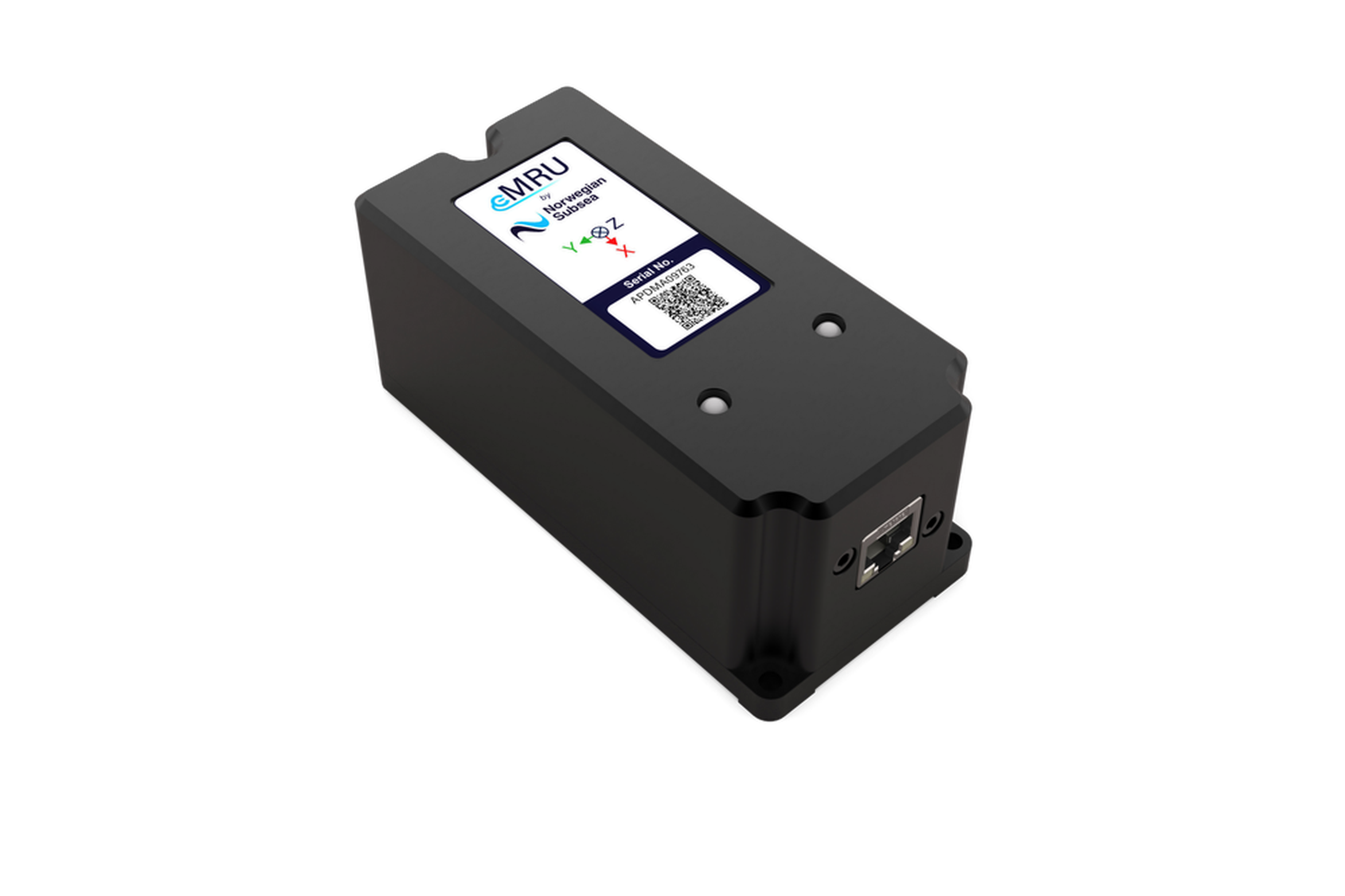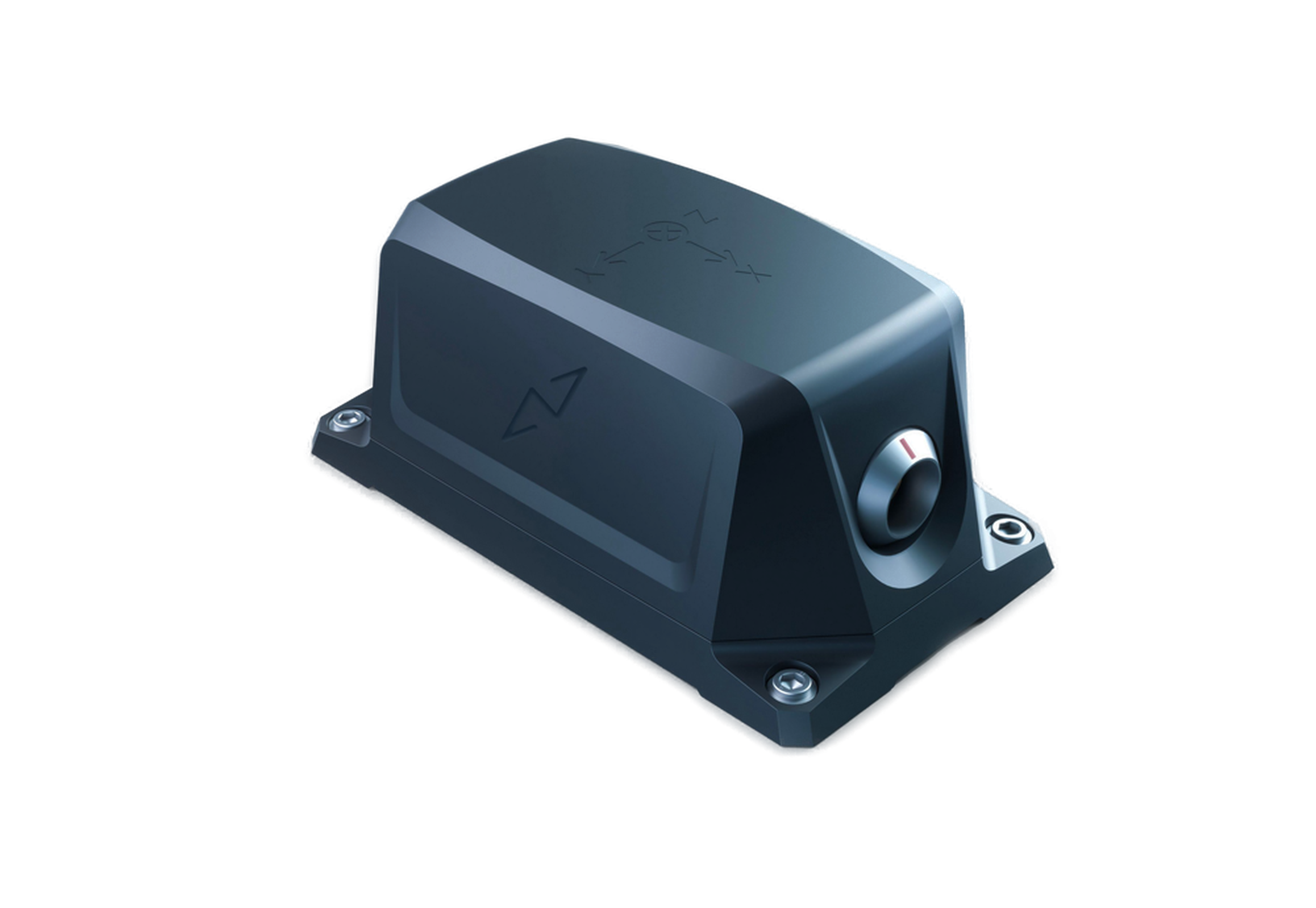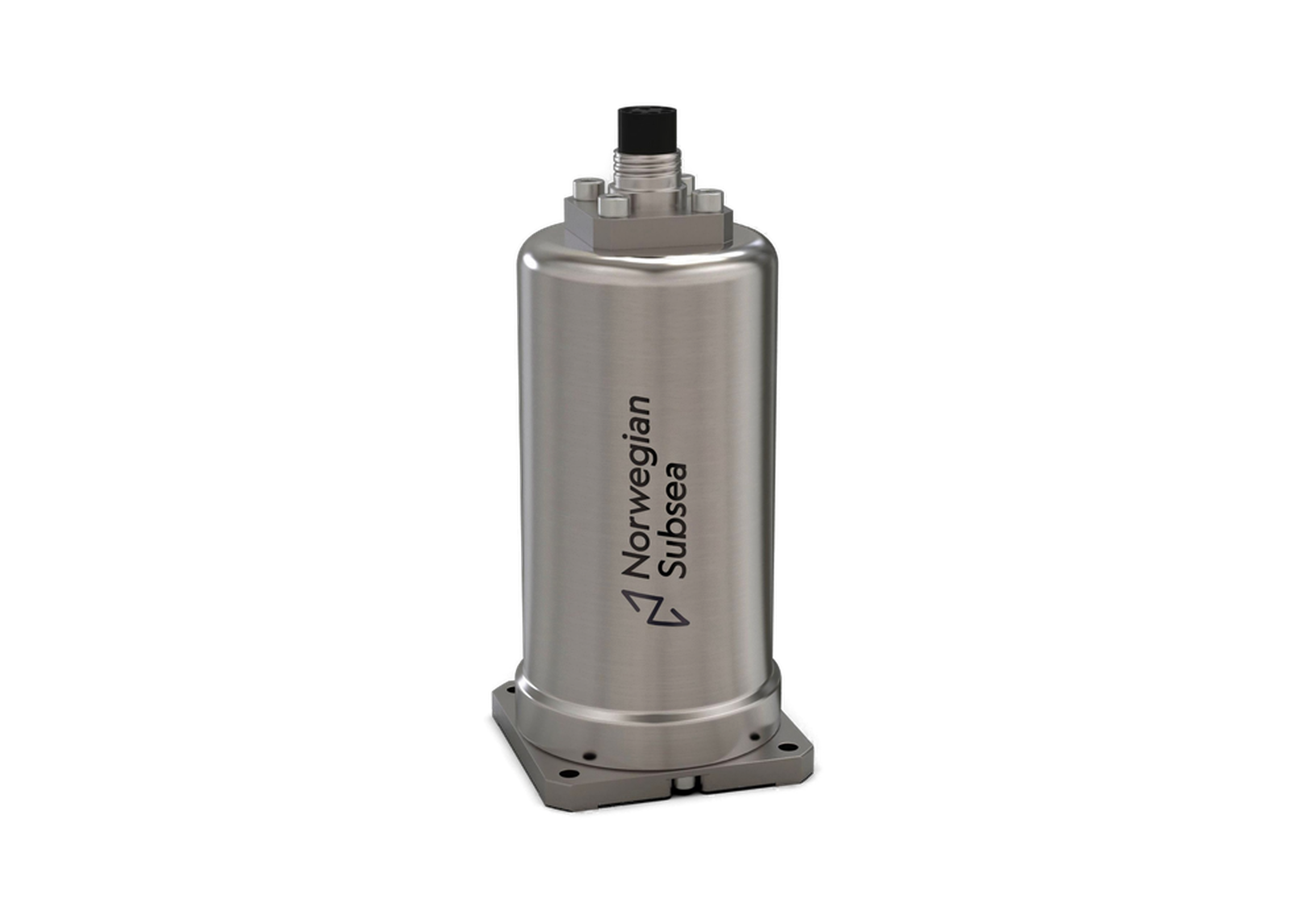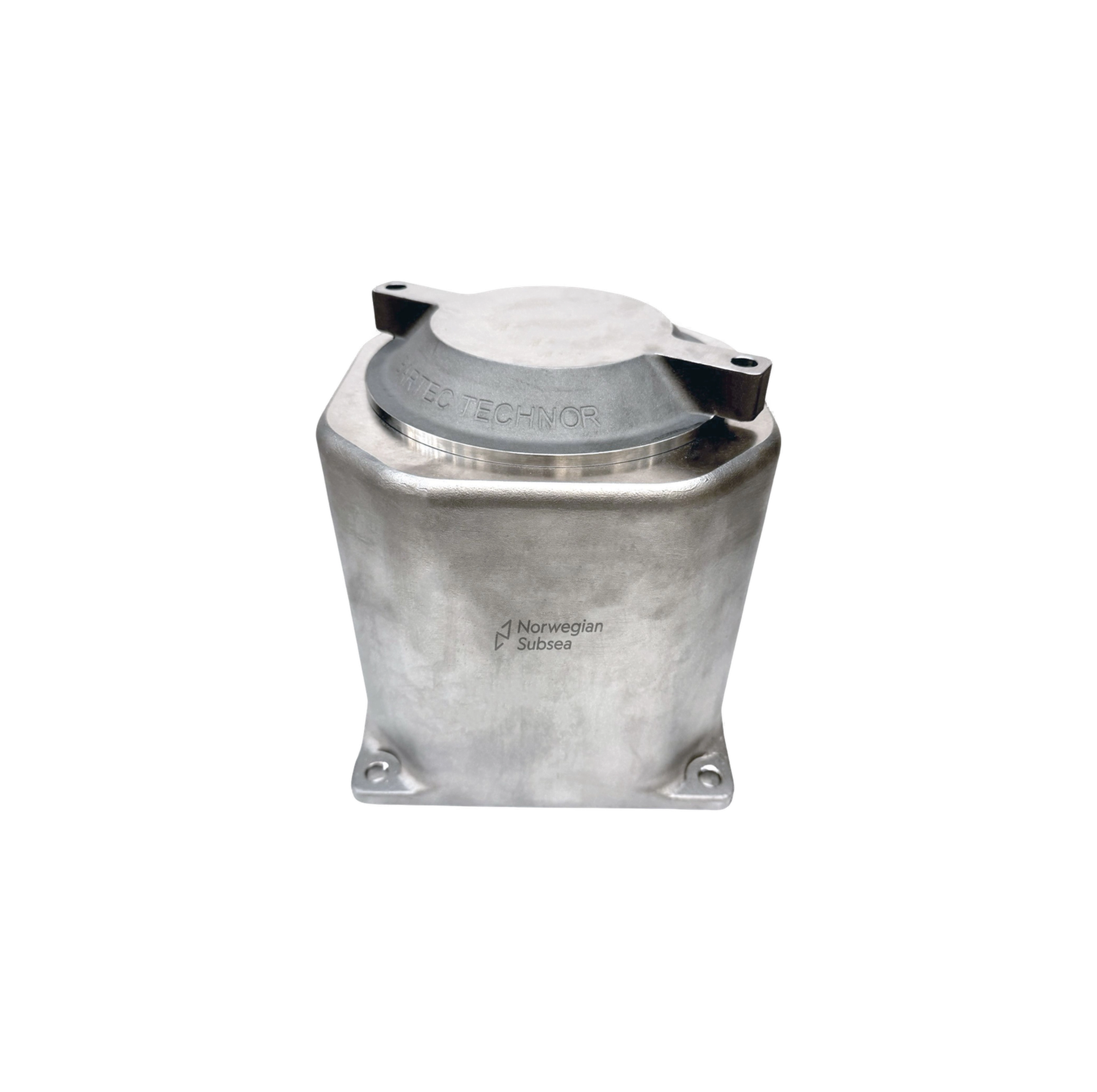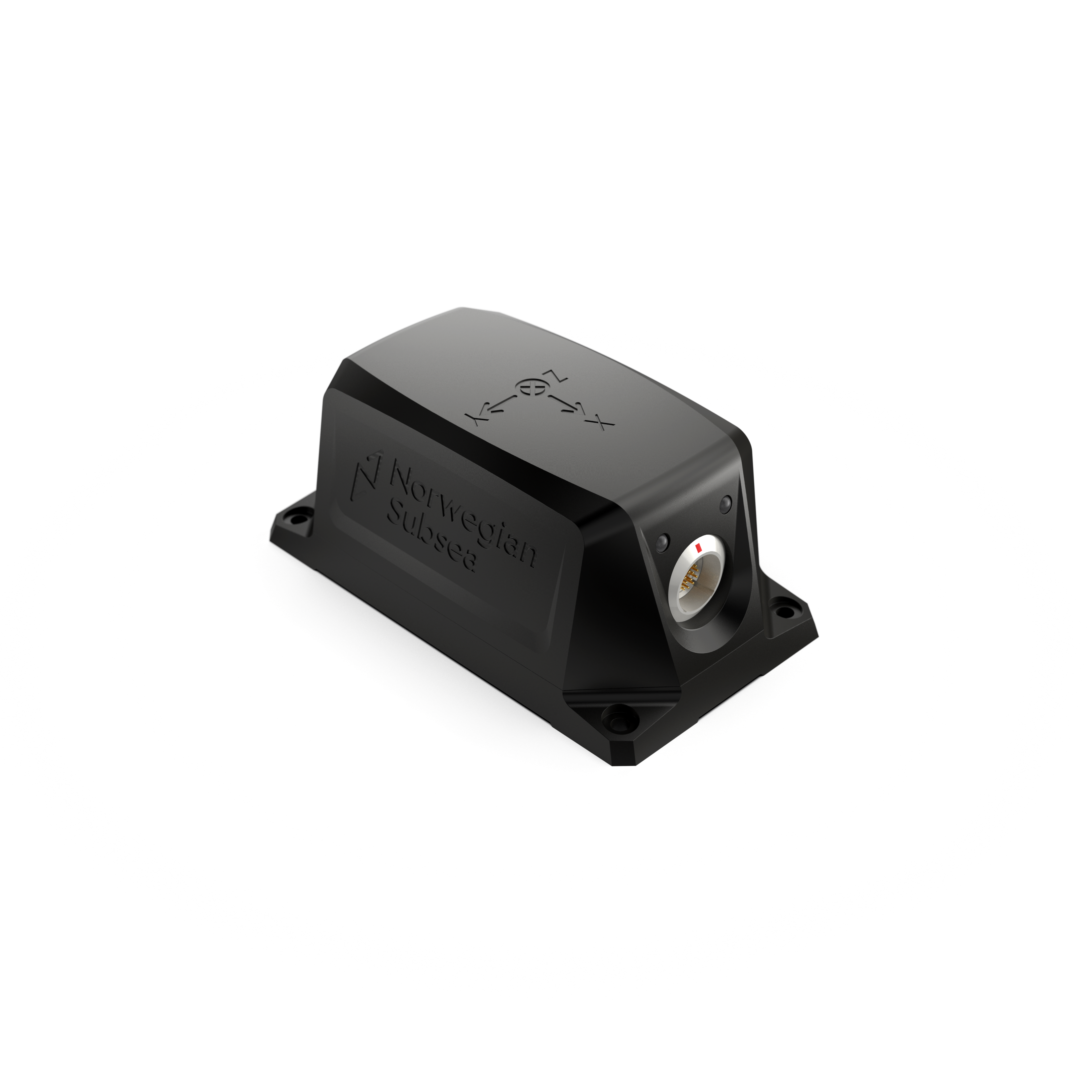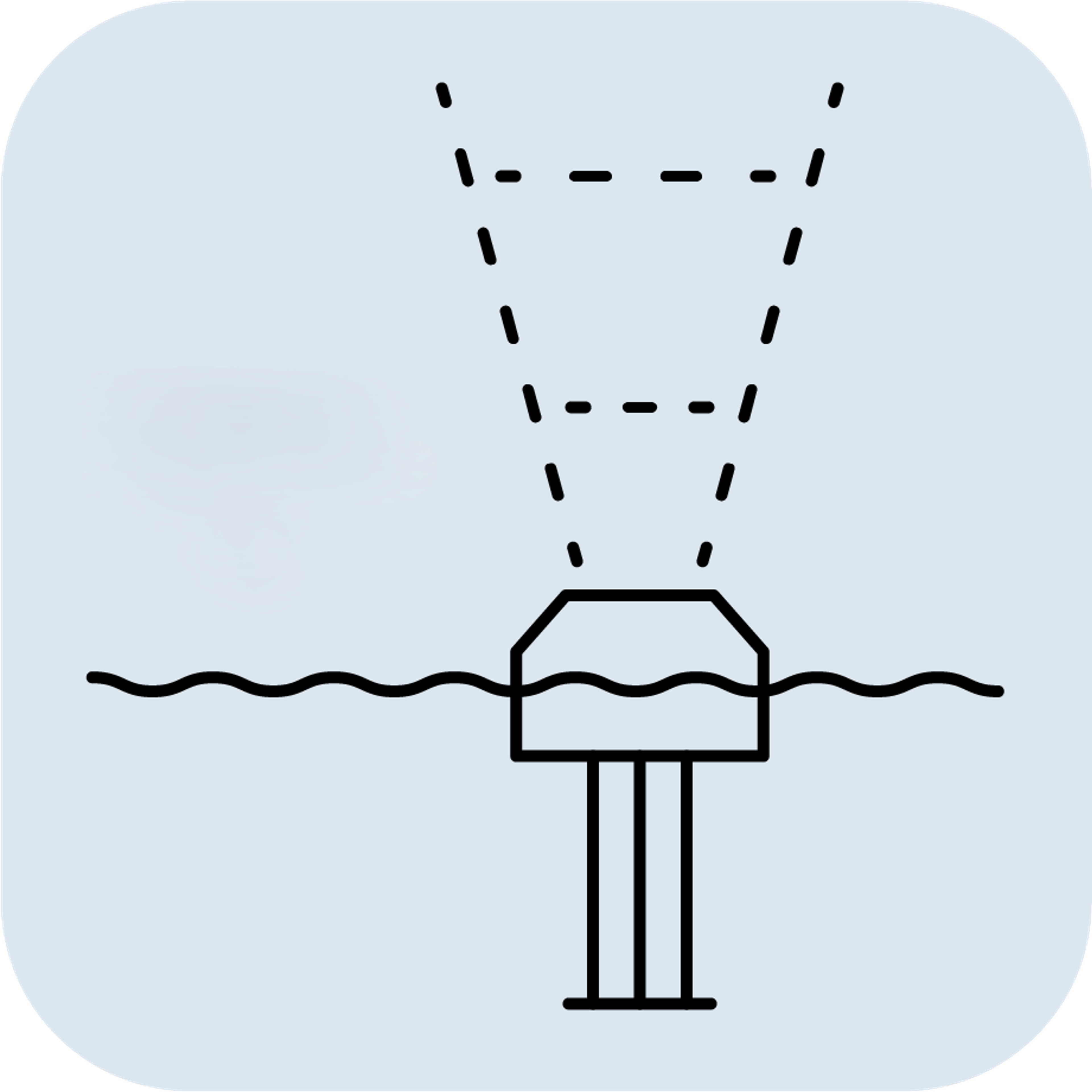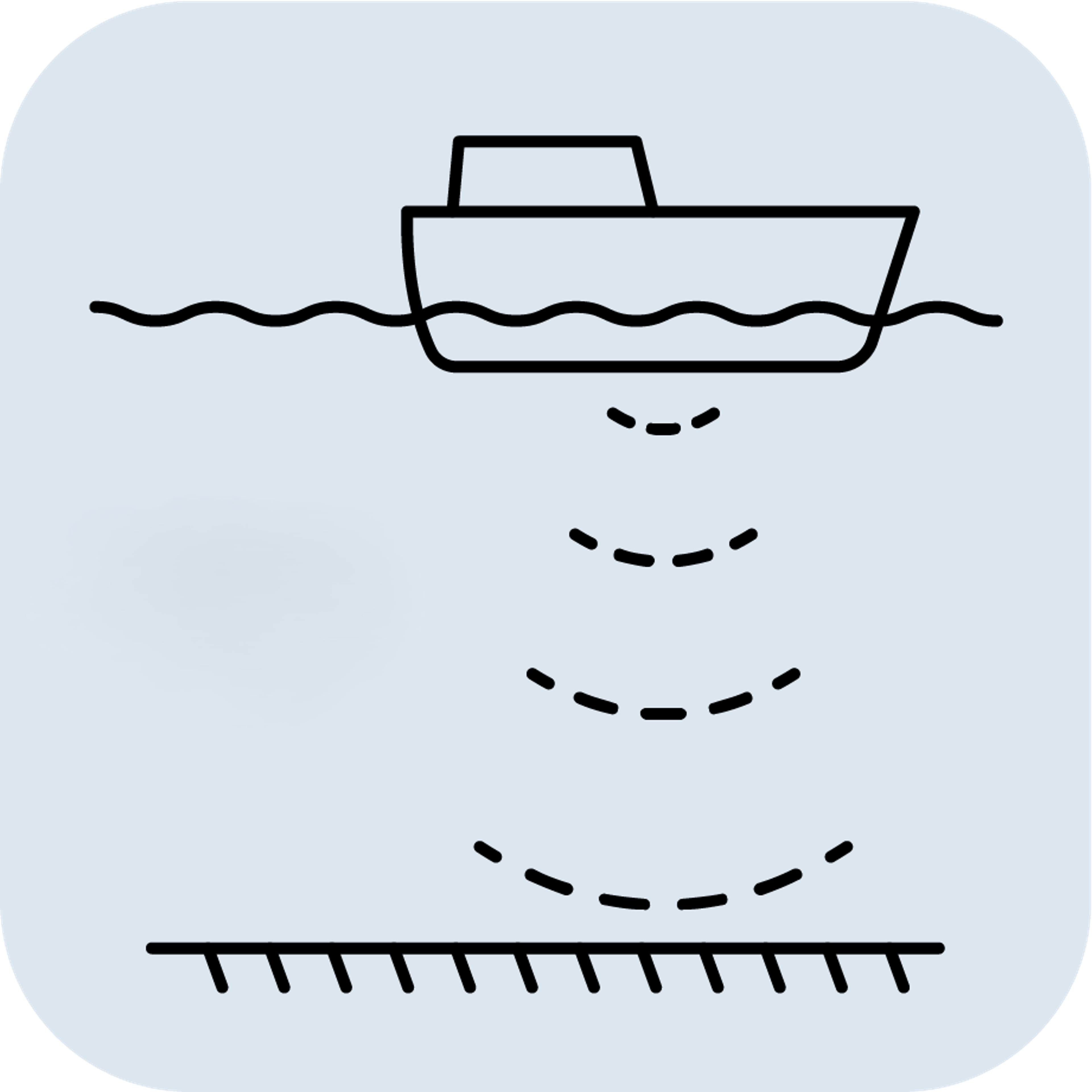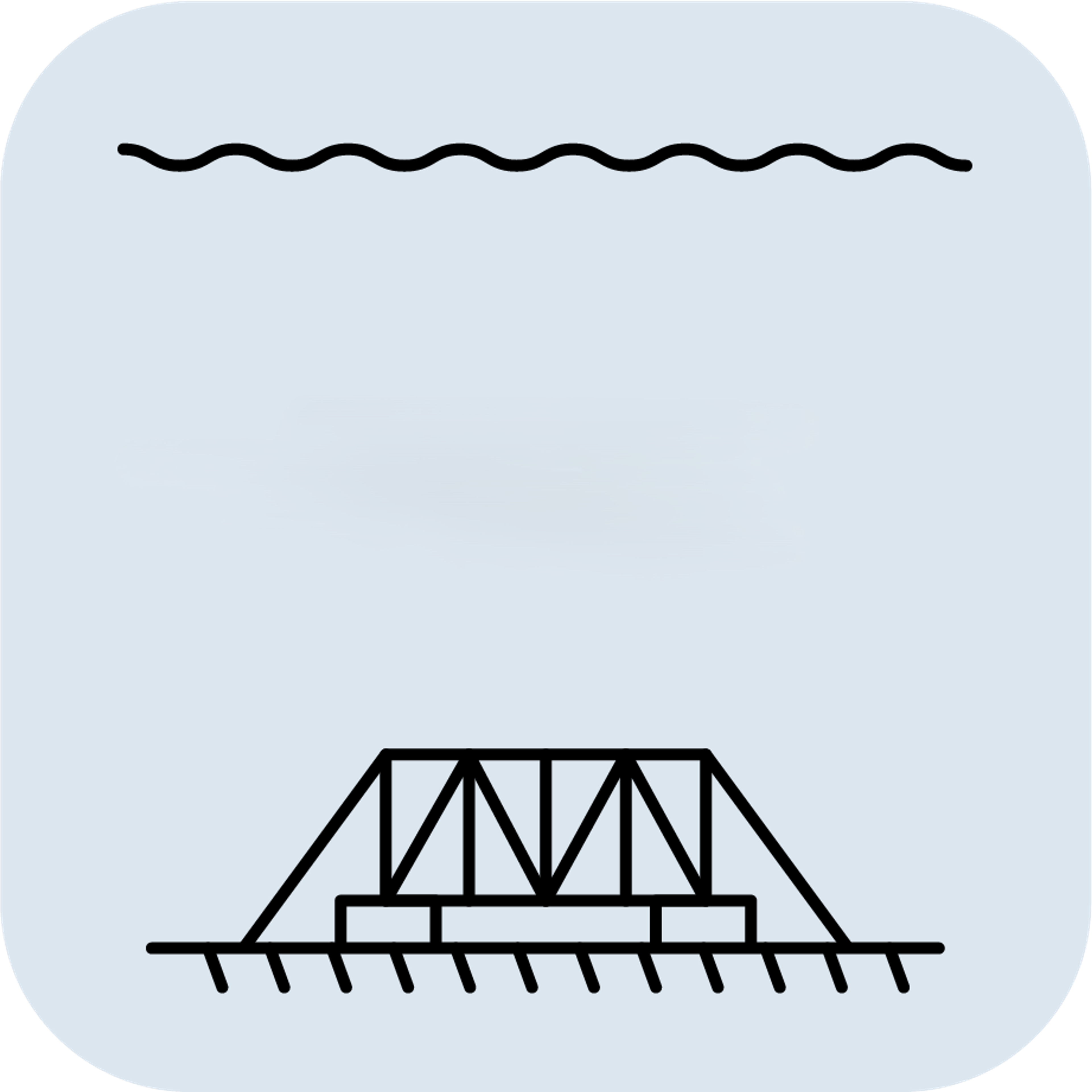Can Norwegian Subsea MRUs be used for wave analysis?
Yes, Norwegian Subsea Motion Reference Units (MRUs) are highly suitable for applications involving wave analysis. Our sensors provide precise measurements of motion in 6 Degrees of Freedom (6DoF), encompassing Roll, Pitch, Yaw, Surge, Sway, and crucially for wave analysis, Heave.
The high-accuracy Heave (vertical motion) data generated by our MRUs is fundamental for determining key wave characteristics such as wave height and period. Norwegian Subsea MRUs deliver a reliable Heave accuracy of 5.0 cm or 5.0%, enabling detailed analysis of sea states.
Our MRUs are frequently integrated into systems where understanding wave conditions is critical. This includes deployment of specific wave buoys, on measurement buoys like Wind Lidar Buoys, offshore structures for monitoring, and vessels performing hydrographic surveys or ship motion monitoring, where wave-induced motion must be accurately measured or compensated for.
Norwegian Subsea MRUs facilitate straightforward integration into wave analysis systems through standard communication interfaces like Ethernet and serial ports, supporting protocols such as UDP and Modbus TCP. This allows seamless transmission of motion data to the analysis software or hardware. Our robust, validated sensors ensure reliable performance in demanding marine environments.
